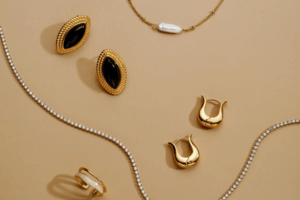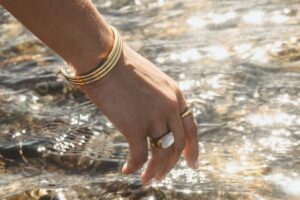In the jewelry world, every big name starts small. Their designs capture a large group of loyal customers and inspire many entrepreneurs across niches.
Instead of diving into their history and digging out what they’ve done right, let’s go straight to the point:
What should we do, as an emerging jewelry brand, to plan our way to be a successful jewelry business just like they’ve done? How to grow a jewelry brand?



Product Strategy
For a startup brand, the top priority is not innovation but category positioning by leveraging well-selling brands, as this approach has proven effective. New brands can start from the following product directions or explore our guide on 8 strategies for startups to compete with big jewelry brands:
Position a Small Subcategory of a Specific Application:
Instead of entering the fiercely competitive markets of earrings, necklaces, and similar items, consider niche areas that might initially seem less profitable, such as “gym jewelry,” “swimming jewelry,” or even “eyeglass chains.”
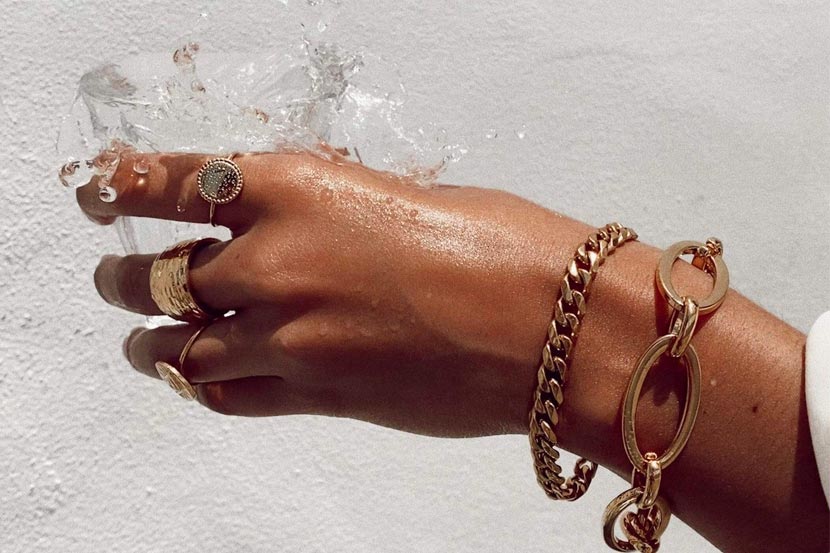

Evergreen Birthstone/Zodiac Series:
Launch products featuring birthstones each month and the 12 zodiac signs, including rings, necklaces, and bracelets, each with unique meanings and appeal.
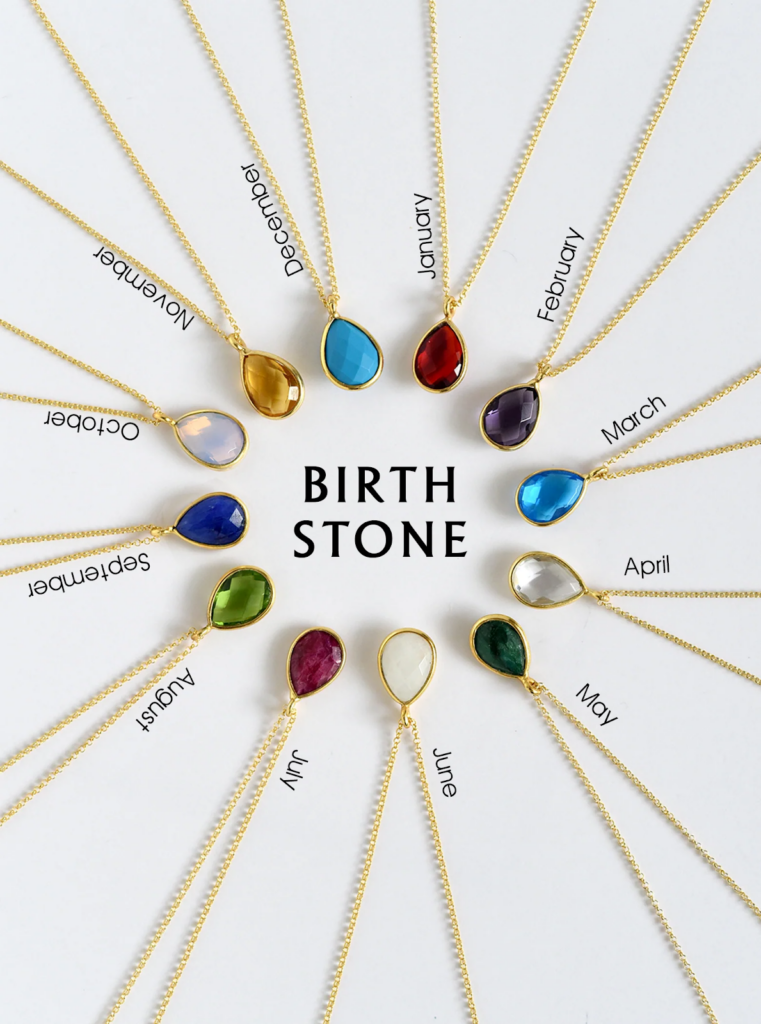
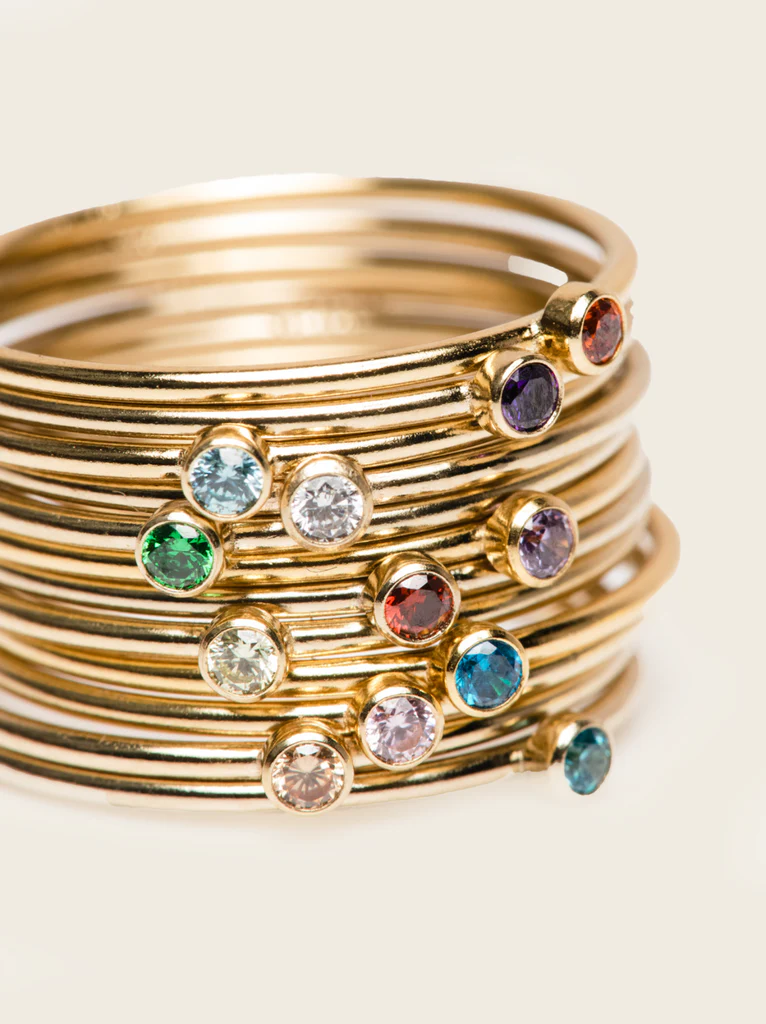
Customized Jewelry:
Offer custom services such as engraving and personalized designs to meet specific customer needs and preferences. Popular trends like “permanent jewelry” and “fingerprint jewelry” are worth investing in. These innovative concepts capture consumer interest and offer unique, personalized experiences that can set your brand apart in the competitive jewelry market.
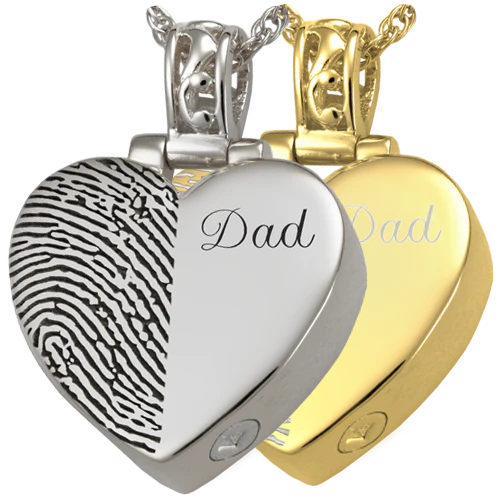
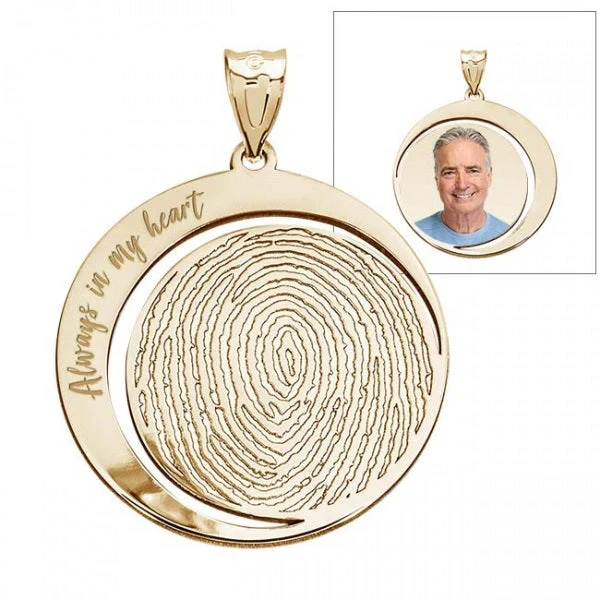
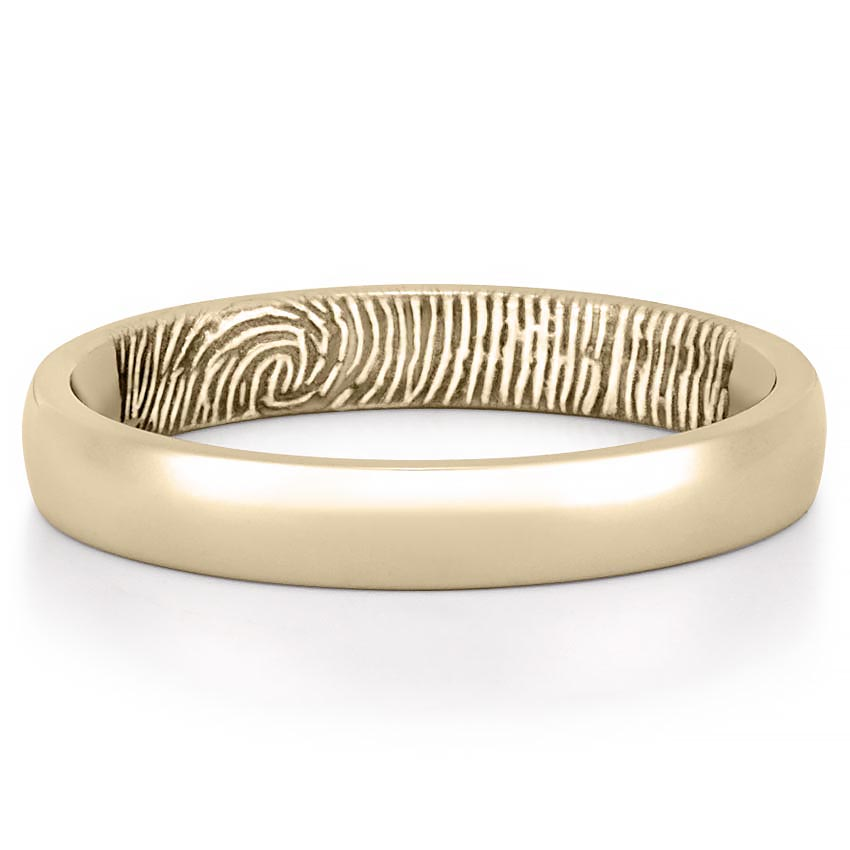
Unique & Iconic Design
Everyone is encouraging you to create iconic designs for your brand to reinforce your brand image.
Well, the question goes like, “What kind of iconic design is deemed to boom?” It must be something related to your culture.
Look into the rich tapestry of your cultural heritage. Find symbols, motifs, or stories from myths and legends that embody positive themes such as happiness, love, and prosperity. These culturally resonant designs will not only stand out but also create a deep emotional connection with your audience, enhancing brand loyalty and recognition.
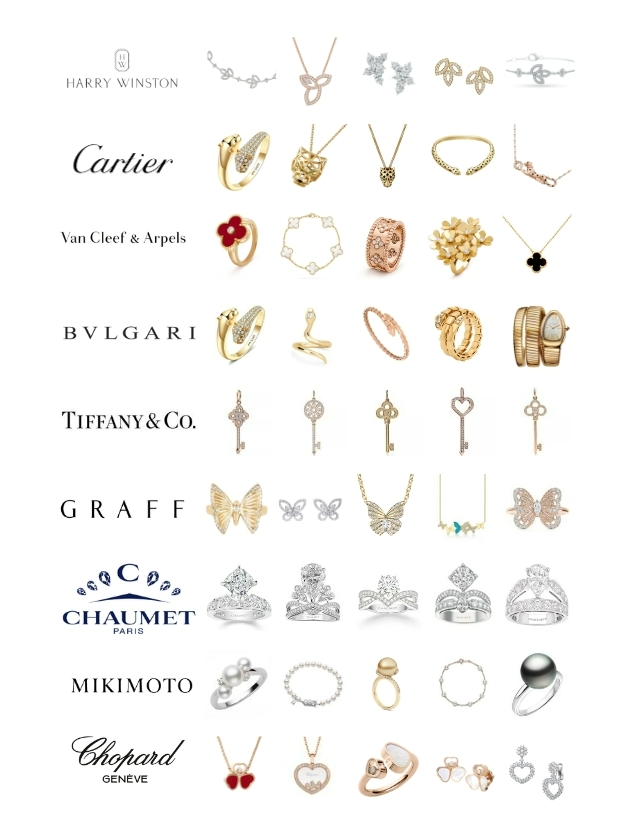
Let’s consider why new and emerging brands often emulate big brands each time they launch new collections.
They strive to meet customer demand, as customers eagerly seek these trends. Despite their high price tags, there is ample opportunity for other brands to follow suit and capitalize on this market.
Marketing Channel
People want you to know “Do not spread your effort too thin at the very beginning,” so they recommend investing in only one or a few channels to keep you in the game.
But think about it, is there any big brand living solely offline or online? The truth is, that we’ve seen many brands fail with this limited strategy, especially e-commerce brands.
While focusing on a single channel may seem like a prudent strategy to avoid spreading resources too thin, it often leads to missed opportunities and vulnerabilities. Many e-commerce brands that solely rely on online sales platforms can struggle to build a strong customer base and brand loyalty without the tangible presence and direct interactions that offline channels offer.
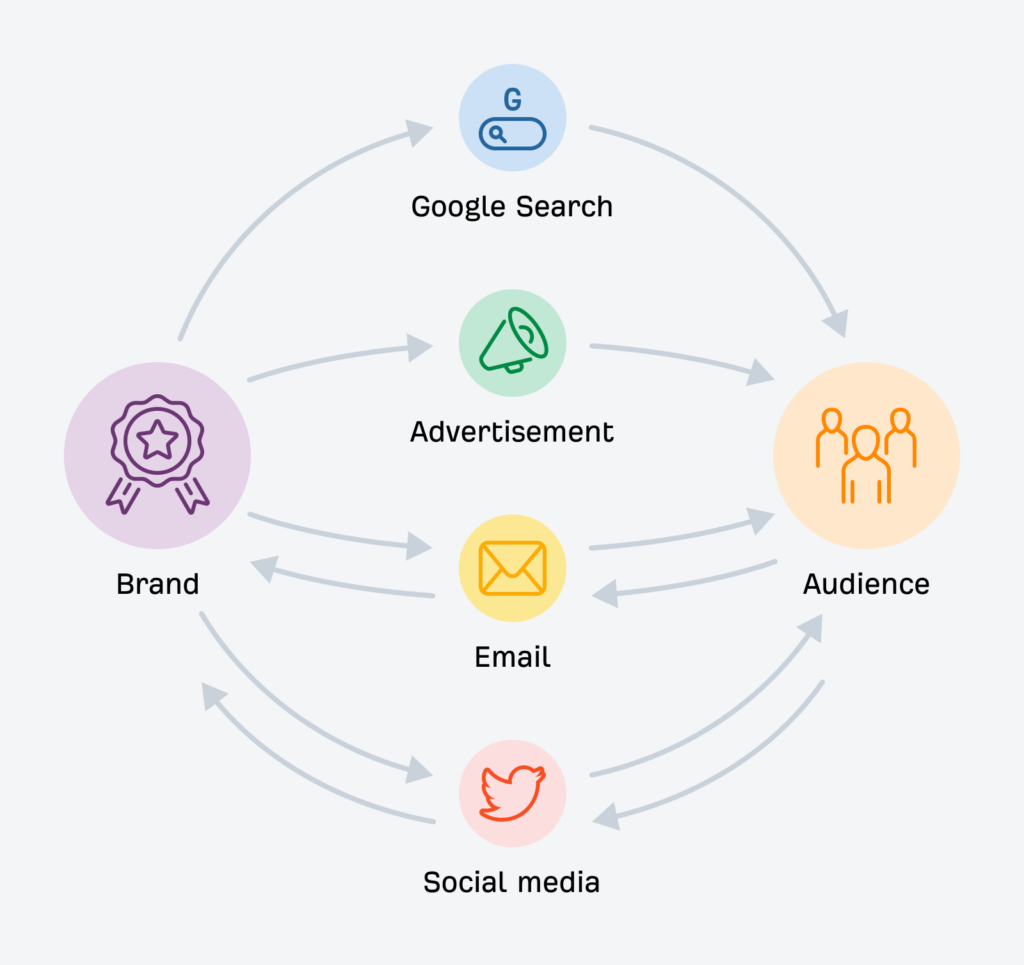
When choosing the main battlefield for your startup, you can no longer choose between offline and online channels — you need BOTH. Combining offline sales with driving followers to your online platforms will significantly boost efficiency.
A balanced approach that strategically combines a few well-chosen channels can be more effective. Offline stores can provide a tangible and immersive brand experience, while online platforms offer convenience and a broader reach. By leveraging the strengths of both channels, you can create a seamless customer journey, providing multiple touchpoints for customer engagement and driving sustainable growth. For actionable insights on balancing channels and growing your brand, check out jewelry marketing strategies.
Pricing Strategy & Brand Image
Low prices attract a large number of fast fashion consumers who are primarily interested in following trends and do not prioritize quality. Higher prices, on the other hand, provide suitable profit margins, although the number of consumers may be smaller.
We believe that moderately high pricing is an excellent strategy. It aligns with the trend of evolving consumer habits and also indicates product quality, with reputation being the cornerstone. As a jewelry manufacturer, we can guarantee winning product quality, including design, production, quality, and delivery time. Just leave these aspects to us. As for you, you will need to find out the proper price range categorized as ”moderately high” for your target audience.
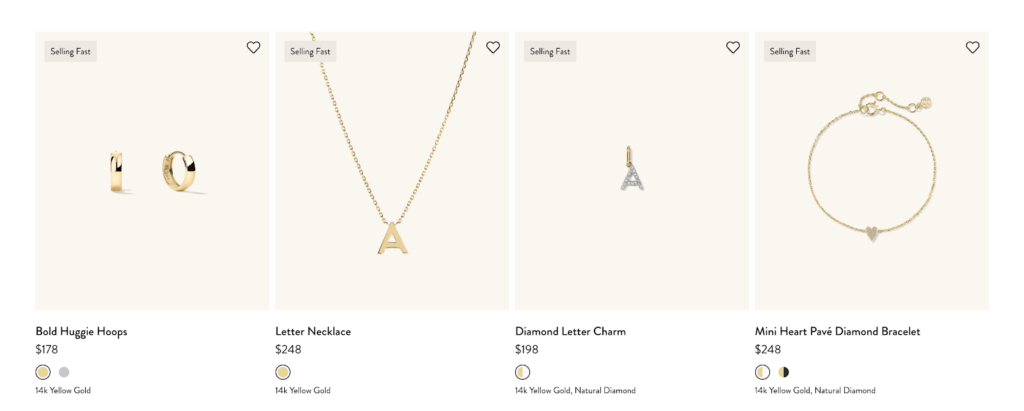
Financial Planning and Investment
Let’s be honest. Ambition to become a big brand often requires secure funding.
If you’re seeking advice on achieving success as a big brand but constantly mentioning limitations like “we don’t have money” or “we have a limited budget,” you must prepare for potential challenges.
In today’s capital-driven business environment, growth often hinges on having adequate resources. Here’s a practical piece of advice: Seek investors or partners who align with your vision and are willing to provide the financial support necessary for your brand’s growth.

More Tips for Startup Jewelers
- Prioritize Efficiency over Scale. This means you must excel before you expand.
- Focus on Quality. Ensure high-quality materials and craftsmanship to build trust and loyalty.
- Add Personality to Your Brand: Connect emotionally with customers through your brand’s narrative and values.
- Always listen to your customers and act accordingly. Provide excellent customer service to foster loyalty and positive word-of-mouth.
- Stay Agile and Adapt: Keep an eye on industry trends and adapt your designs and strategies accordingly.
- Offer Educational Content: Educate customers about gemstones, metals, and jewelry care through blog posts, videos, or workshops to build trust and expertise.
- Build a Strong Online Presence: Invest in a professional website and leverage SEO and social media for visibility.
- Create Limited Editions: Introduce exclusive collections or limited-edition pieces to create a sense of exclusivity and urgency.
